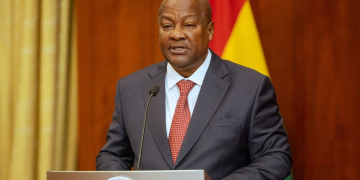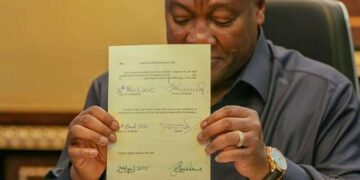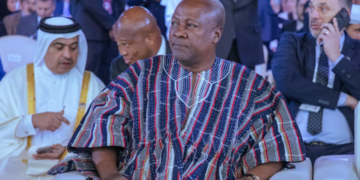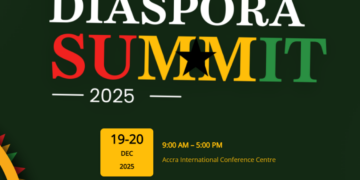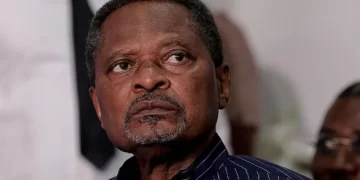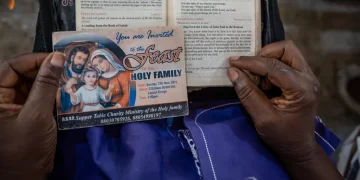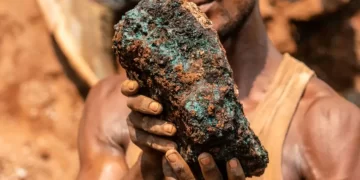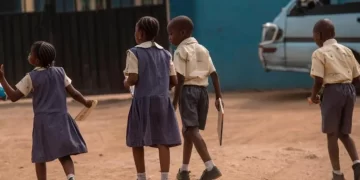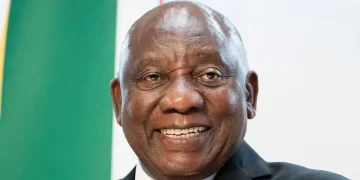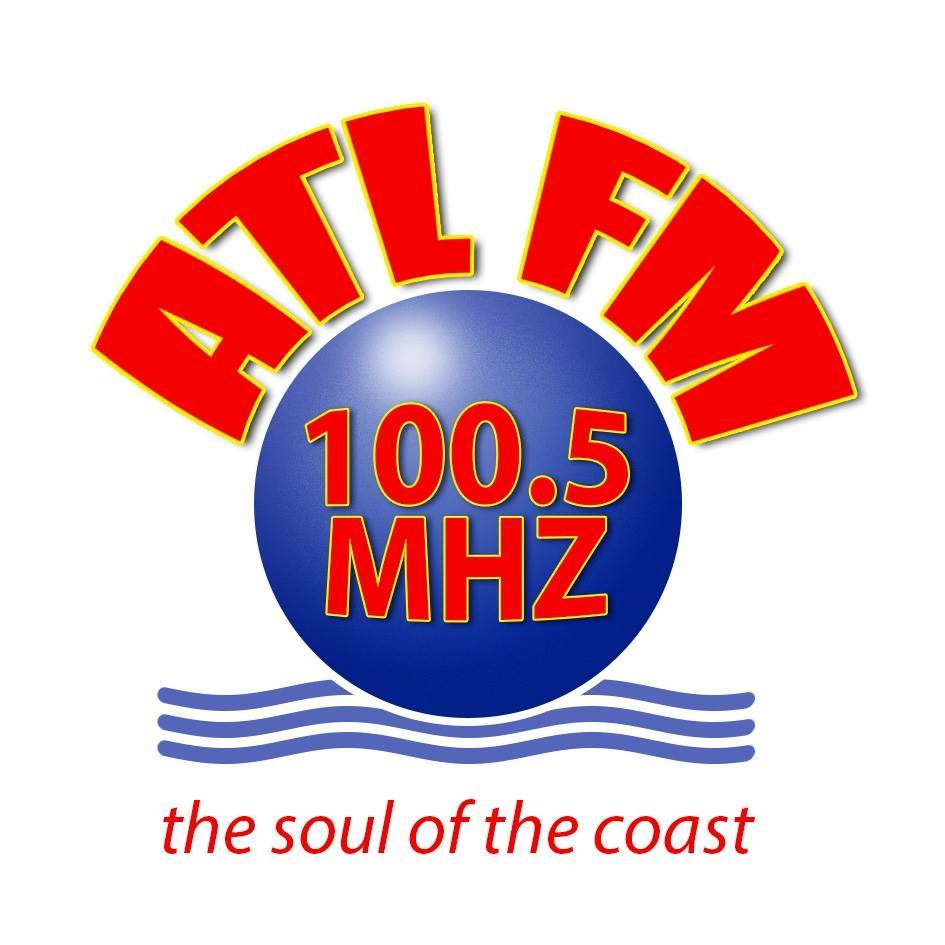YouTube Shorts is enabling authors to produce AI video segments for their posts by integrating with Google DeepMind’s most recent video model, Veo 2.
Google’s reaction to OpenAI’s Sora text-to-video generator is called Veo 2. With a feature called Dream Screen, YouTube, which is owned by Google, already enabled creators to use a text prompt to generate AI backgrounds for their short videos. However, Veo 2 will enable producers to produce independent video snippets to incorporate into any of their shorts.
According to a blog post by YouTube Director of Product Dina Berrada, these AI tools will run faster than before.
“You can even specify a style, lens, or cinematic effect, making Dream Screen an easy and fun way to express yourself.” “Veo 2 better understands real-world physics and human movement, making its output more detailed and realistic,” Berrada stated.
ICYMT: World Bank projects Ghana’s economy to grow by 4.2% in 2025
They will use DeepMind’s SynthID technology, which watermarks and identifies AI-generated content, to show that these videos were created with AI. YouTube added that although these movies will be explicitly identified as being created using artificial intelligence, posting synthetic content that could deceive viewers is still potentially harmful.
In order to use Veo 2 in YouTube Shorts, creators must first launch the Shorts camera, choose Green Screen, and then go to Dream Screen, where they can create a video by entering a text prompt.
Any creator in the United States, Canada, Australia, or New Zealand will be able to use this feature starting on Thursday. YouTube plans to expand access later.
SOURCE: TECH CRUNCH


